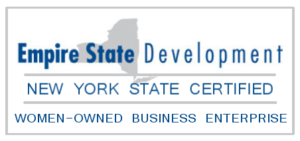
By: Leonardo Lampret, Associate Attorney
Beginning in December 2024, the Workers’ Compensation Board introduced a new procedure aimed at expediting decisionson additional sites of injury and consequential injuries. This procedural change significantly alters how claims will be processed when a claimant submits medical evidence supporting a new, unestablished condition.
What Changed?
Under the new policy, if the Board receives a claimant’s or claimant’s counsel’s Request for Further Action (Form RFA-1LC) accompanied by medical evidence on the record that meets the standard of prima facie medical evidence (PFME), the Board will issue a Proposed Decision finding PFME.
This step expedites the process by immediately moving the claim forward for determination, rather than waiting for a hearing.
Carrier and Employer Response
Unless the insurer believes the PFME finding was made in error, there should generally be no objection to the Proposed Decision. Instead, the insurer must take timely and strategic steps within 30 days of the Proposed Decision:
Importantly, a Claimant’s Notice of Independent Medical Examination (Form IME-5) or proof of a testimony datemust be filed before the Proposed Decision becomes final. Failure to do so may result in the Board deeming the insurer’s inaction as acceptance, leading to automatic establishment of the new site or condition. Therefore, always closely read what language the Proposed Decision contains.
Next Steps After Finalization
Once the Proposed Decision is finalized, the Board will take further action. This may include:
Recommendations for Carriers and Self-Insured Employers
How to handle these changes?

